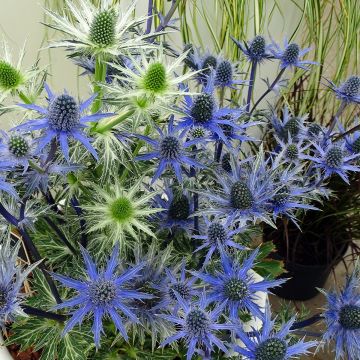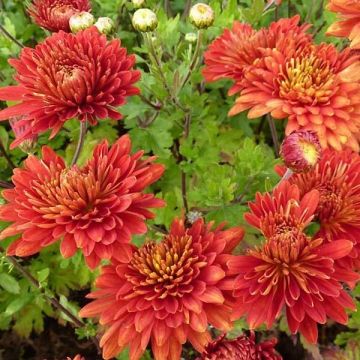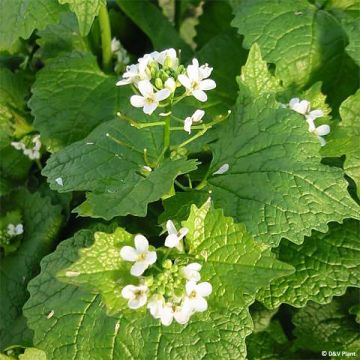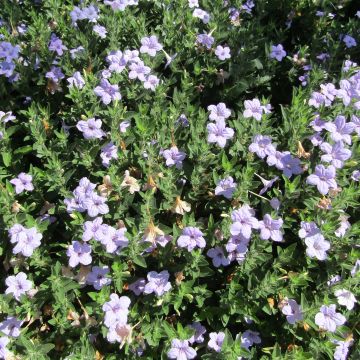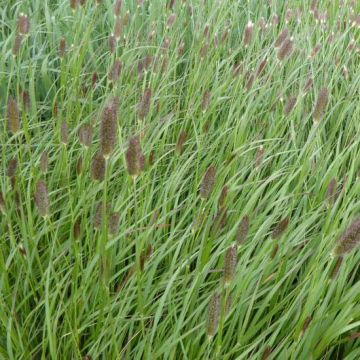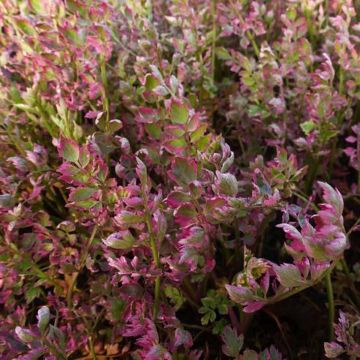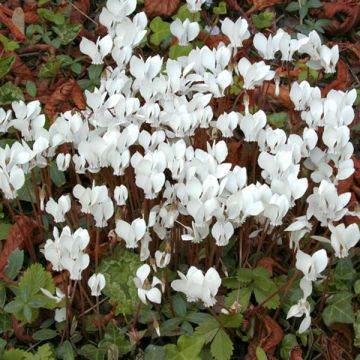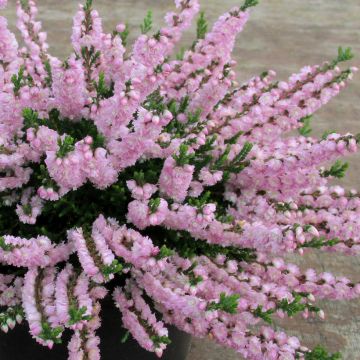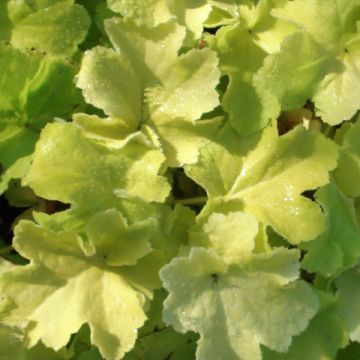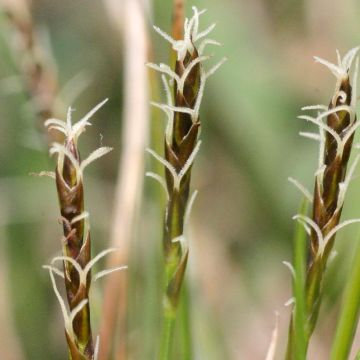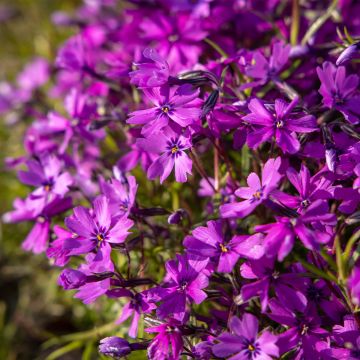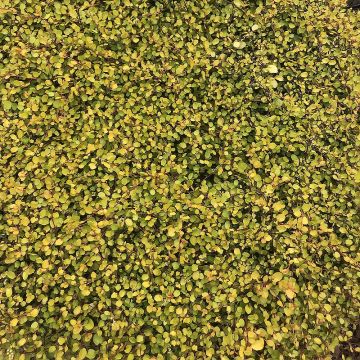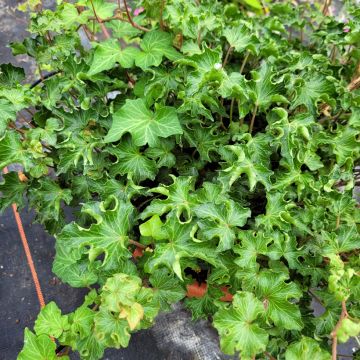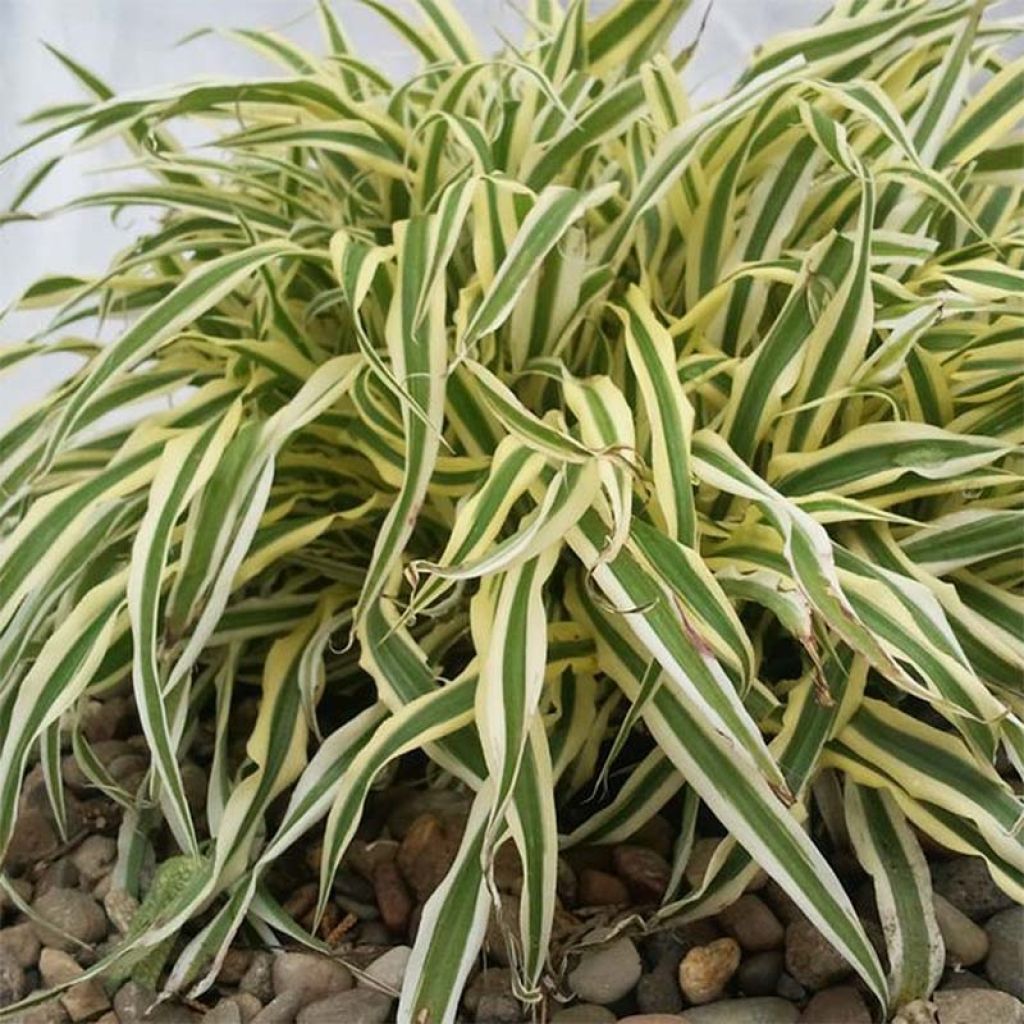

Arthropodium candidum Little Lilia
Arthropodium candidum Little Lilia
Arthropodium candidum Little Lilia
Special offer!
Receive a €20 voucher for any order over €90 (excluding delivery costs, credit notes, and plastic-free options)!
1- Add your favorite plants to your cart.
2- Once you have reached €90, confirm your order (you can even choose the delivery date!).
3- As soon as your order is shipped, you will receive an email containing your voucher code, valid for 3 months (90 days).
Your voucher is unique and can only be used once, for any order with a minimum value of €20, excluding delivery costs.
Can be combined with other current offers, non-divisible and non-refundable.
Home or relay delivery (depending on size and destination)
Schedule delivery date,
and select date in basket
This plant carries a 12 months recovery warranty
More information
We guarantee the quality of our plants for a full growing cycle, and will replace at our expense any plant that fails to recover under normal climatic and planting conditions.
Would this plant suit my garden?
Set up your Plantfit profile →
Description
The Arthropodium candidum 'Little Lilia' is a lovely variegated form of a small New Zealand perennial that is not widely planted in Europe. This newcomer, which somewhat resembles a small grass, is ready to make its entrance in our gardens and on our patios where it proves to be particularly bright, decorative, and accommodating. It forms a small shrub of ribbon-like leaves, widely margined with white - cream on a green-grey background, which remains evergreen in mild climates during winter. Its summer flowering is discreet, with small pale yellow to white flowers. As it is frost-sensitive (-5°C (23°F)), it is preferable to protect it with mulch or to grow it in a pot sheltered from heavy frost. Splendid in a border or in a container, it is grown like a Carex, in moist but well-drained soil, in full sun or partial shade to enhance the variegated colour of its foliage.
The Arthropodium candidum is not a grass, contrary to what its appearance might suggest. This perennial belongs to the Asparagaceae family, being a distant cousin of chlorophytum, asparagus, and hyacinths. This non-spreading rhizomatous perennial is native to the North and South Islands of New Zealand. It thrives in all exposures, in well-drained but not overly dry soils.
The cultivar 'Little Lilia' was recently selected in Germany for its small size and variegated foliage, which is particularly bright. The plant forms a very dense and flattened tuft, 10 cm (4in) tall and 30 cm (12in) wide. Its growth consists of numerous linear leaves with wavy edges and trailing tips, traversed by parallel veins, bordered in cream on a grey-green background. The white-cream margin is wider when the plant is grown in partial shade, narrower in full sun. In July-August, above the foliage, appear panicles of small, delicate flowers of uncertain white colour, which have a joint in the centre (hence the name of the genus, Arthropodium).
The Arthropodium candidum 'Little Lilia' is a small 'grass' with refined foliage and a minimalist style, which creates a beautiful bouquet of foliage overflowing from containers. Its design does not require the presence of another plant by its side, but on the other hand, this plant will bring a lot of lightness to the luxuriant foliage of rodgersia, the feathers of ferns, and pairs well with heucheras. As this plant does not withstand our normal winters, it will naturally should be placed on a patio or a balcony, with cyclamens, poinsettias, or other chrysanthemums that are stored away in winter. If your winters are mild, place it at the edge of perennial borders, along a pathway, or in a rock garden.
Report an error about the product description
Arthropodium candidum Little Lilia in pictures




Flowering
Foliage
Plant habit
Botanical data
Arthropodium
candidum
Little Lilia
Asparagaceae (Lomandroideae)
Cultivar or hybrid
Other Perennials A to Z
View all →Planting and care
Atrophodium candidum 'Little Lilia' is a plant that is sensitive to frost and cannot tolerate temperatures below -5°C (23°F). It can be grown in a pot or as an annual plant in most areas. During winter, a thick mulch should be applied to help it regrow from the base in spring. It should be grown in a pot and overwintered in a cool, bright, minimally heated room in cold weather. The plant is easy to grow and maintain in colder areas and can adapt to all types of soil as long as they are moist but well-drained. It can also tolerate moderate drought well. It can thrive in all exposures, but its foliage will be brighter in partial shade or dappled sunlight. When planting in open ground, it is recommended to water it abundantly in spring. It is better to avoid heavy fertiliser applications. During the growing season, any damaged foliage should be removed, and the shrub should be cut back in late winter, in March, just before the start of growth.
Atrophodium candidum 'Little Lilia' is a variegated form of a small New Zealand perennial not widely planted in Europe. This newcomer is about to make its entrance into our gardens and terraces. It is exceptionally bright, decorative, and accommodating. It forms a small clump of ribbon-like leaves, widely margined with white cream on a green-grey background, which stays evergreen in mild climates. Its summer flowering is discreet, with small white to pale yellow flowers. It is sensitive to frost (-5°C (23°F)), so it is recommended to protect it with mulch or grow it in a pot sheltered from heavy frost. It is excellent for border or container planting. It is cultivated like a Carex in moist but well-drained soil, with full sun or partial shade to accentuate the variegated colour of its foliage.
Atrophodium candidum is a perennial plant that belongs to the Asparagaceae family and is a distant relative of chlorophytum, asparagus, and hyacinths. This perennial, with its non-invasive rhizome, is native to the North and South Islands of New Zealand. It thrives in all exposures, in well-drained but not too dry soils.
The cultivar 'Little Lilia' was recently selected in Germany for its small size and variegated foliage, which is exceptionally bright. The plant forms a very compact and flat clump, 10 cm (4in) tall and 30 cm (12in) wide. Its foliage consists of numerous linear leaves with undulate margins and trailing tips, traversed by parallel veins, bordered in cream on a grey-green background. The white-cream margin is wider when the plant is grown in partial shade and narrower in full sun. In July-August, panicles of small, delicate flowers appear above the foliage, which have a joint in the centre (hence the name of the genus Arthropodium).
Atrophodium candidum Little Lilia is a small plant with refined, minimalist foliage. It does not require the presence of another plant by its side but pairs well with heucheras and brings a lot of lightness to the lush foliage of rodgersia and the plumes of ferns. Since this plant cannot withstand our average winter, placing it on the terrace or balcony with cyclamens, poinsettias, or other chrysanthemums stored away in winter is recommended. If winters are mild in your area, it can be placed on the edge of perennial borders or along a pathway. It will also make a great impact in a rock garden.
Planting period
Intended location
Care
Planting & care advice
This item has not been reviewed yet - be the first to leave a review about it.
Similar products
Haven't found what you were looking for?
Hardiness is the lowest winter temperature a plant can endure without suffering serious damage or even dying. However, hardiness is affected by location (a sheltered area, such as a patio), protection (winter cover) and soil type (hardiness is improved by well-drained soil).

Photo Sharing Terms & Conditions
In order to encourage gardeners to interact and share their experiences, Promesse de fleurs offers various media enabling content to be uploaded onto its Site - in particular via the ‘Photo sharing’ module.
The User agrees to refrain from:
- Posting any content that is illegal, prejudicial, insulting, racist, inciteful to hatred, revisionist, contrary to public decency, that infringes on privacy or on the privacy rights of third parties, in particular the publicity rights of persons and goods, intellectual property rights, or the right to privacy.
- Submitting content on behalf of a third party;
- Impersonate the identity of a third party and/or publish any personal information about a third party;
In general, the User undertakes to refrain from any unethical behaviour.
All Content (in particular text, comments, files, images, photos, videos, creative works, etc.), which may be subject to property or intellectual property rights, image or other private rights, shall remain the property of the User, subject to the limited rights granted by the terms of the licence granted by Promesse de fleurs as stated below. Users are at liberty to publish or not to publish such Content on the Site, notably via the ‘Photo Sharing’ facility, and accept that this Content shall be made public and freely accessible, notably on the Internet.
Users further acknowledge, undertake to have ,and guarantee that they hold all necessary rights and permissions to publish such material on the Site, in particular with regard to the legislation in force pertaining to any privacy, property, intellectual property, image, or contractual rights, or rights of any other nature. By publishing such Content on the Site, Users acknowledge accepting full liability as publishers of the Content within the meaning of the law, and grant Promesse de fleurs, free of charge, an inclusive, worldwide licence for the said Content for the entire duration of its publication, including all reproduction, representation, up/downloading, displaying, performing, transmission, and storage rights.
Users also grant permission for their name to be linked to the Content and accept that this link may not always be made available.
By engaging in posting material, Users consent to their Content becoming automatically accessible on the Internet, in particular on other sites and/or blogs and/or web pages of the Promesse de fleurs site, including in particular social pages and the Promesse de fleurs catalogue.
Users may secure the removal of entrusted content free of charge by issuing a simple request via our contact form.
The flowering period indicated on our website applies to countries and regions located in USDA zone 8 (France, the United Kingdom, Ireland, the Netherlands, etc.)
It will vary according to where you live:
- In zones 9 to 10 (Italy, Spain, Greece, etc.), flowering will occur about 2 to 4 weeks earlier.
- In zones 6 to 7 (Germany, Poland, Slovenia, and lower mountainous regions), flowering will be delayed by 2 to 3 weeks.
- In zone 5 (Central Europe, Scandinavia), blooming will be delayed by 3 to 5 weeks.
In temperate climates, pruning of spring-flowering shrubs (forsythia, spireas, etc.) should be done just after flowering.
Pruning of summer-flowering shrubs (Indian Lilac, Perovskia, etc.) can be done in winter or spring.
In cold regions as well as with frost-sensitive plants, avoid pruning too early when severe frosts may still occur.
The planting period indicated on our website applies to countries and regions located in USDA zone 8 (France, United Kingdom, Ireland, Netherlands).
It will vary according to where you live:
- In Mediterranean zones (Marseille, Madrid, Milan, etc.), autumn and winter are the best planting periods.
- In continental zones (Strasbourg, Munich, Vienna, etc.), delay planting by 2 to 3 weeks in spring and bring it forward by 2 to 4 weeks in autumn.
- In mountainous regions (the Alps, Pyrenees, Carpathians, etc.), it is best to plant in late spring (May-June) or late summer (August-September).
The harvesting period indicated on our website applies to countries and regions in USDA zone 8 (France, England, Ireland, the Netherlands).
In colder areas (Scandinavia, Poland, Austria...) fruit and vegetable harvests are likely to be delayed by 3-4 weeks.
In warmer areas (Italy, Spain, Greece, etc.), harvesting will probably take place earlier, depending on weather conditions.
The sowing periods indicated on our website apply to countries and regions within USDA Zone 8 (France, UK, Ireland, Netherlands).
In colder areas (Scandinavia, Poland, Austria...), delay any outdoor sowing by 3-4 weeks, or sow under glass.
In warmer climes (Italy, Spain, Greece, etc.), bring outdoor sowing forward by a few weeks.


































